Nepal is a country rich in biodiversity, with a wide range of flora and fauna. However, as more and more people move into urban areas, it can be challenging to maintain a connection with nature. Fortunately, indoor plants are a great way to bring a touch of greenery and nature into your home. In this blog post, we’ll explore 10 of the best indoor plants for Nepal’s urban households and dive deeper into their benefits and care requirements.
- Spider Plant (Chlorophytum comosum)
The spider plant is a popular indoor plant due to its low maintenance requirements and ability to purify the air. It has long, thin leaves that grow from a central rosette and produces small, white flowers in the summer. Spider plants are easy to care for and can tolerate a wide range of conditions, making them an excellent choice for beginners. They thrive in bright, indirect sunlight and prefer to dry out between waterings. - Snake Plant (Sansevieria trifasciata)
Also known as the mother-in-law's tongue, the snake plant is an extremely resilient plant that can tolerate low light and infrequent watering. It is known for its ability to purify the air by filtering out toxins like formaldehyde and benzene. Snake plants have long, pointed leaves that grow upright and can reach up to four feet tall. They prefer bright, indirect light and should be allowed to dry out between waterings. - Peace Lily (Spathiphyllum wallisii)
The peace lily is a beautiful plant with glossy green leaves and white flowers. It is low maintenance and can tolerate low light, making it an ideal choice for indoor environments. Peace lilies prefer to dry out between waterings and can tolerate a wide range of temperatures. They are known for their ability to purify the air and remove toxins like benzene and formaldehyde. - Chinese Evergreen (Aglaonema)
The Chinese Evergreen is a popular indoor plant due to its tolerance of low light and ability to purify the air. It has large, glossy leaves that come in a variety of colors and patterns. Chinese Evergreens prefer bright, indirect light and should be allowed to dry out between waterings. They are known for their ability to remove toxins like formaldehyde and benzene from the air. - ZZ Plant (Zamioculcas zamiifolia)
The ZZ plant is an extremely low-maintenance plant that can survive in almost any lighting condition. It has glossy green leaves and is known for its air-purifying properties. ZZ plants prefer to dry out between waterings and can tolerate a wide range of temperatures. They are known for their ability to remove toxins like xylene and toluene from the air. - Pothos (Epipremnum aureum)
The pothos is a popular indoor plant due to its trailing vines and ability to purify the air. It is a fast-growing plant that can tolerate low light and infrequent watering. Pothos prefer bright, indirect light and should be allowed to dry out between waterings. They are known for their ability to remove toxins like formaldehyde and benzene from the air. - Rubber Plant (Ficus elastica)
The rubber plant is a beautiful indoor plant with large, shiny leaves that come in a variety of colors. It can tolerate low light and infrequent watering but does require more attention than some of the other plants on this list. Rubber plants prefer bright, indirect light and should be allowed to dry out between waterings. They are known for their ability to remove toxins like formaldehyde from the air. - Fiddle Leaf Fig (Ficus lyrata)
The fiddle leaf fig is a popular indoor plant due to its large, dramatic leaves that resemble a violin or fiddle. It is a more challenging plant to care for, but its beauty makes it worth the effort. Fiddle leaf figs prefer bright, indirect light and consistent watering. They are known for their ability to remove toxins like formaldehyde and xylene from the air. - Boston Fern (Nephrolepis exaltata)
The Boston fern is a beautiful, leafy plant that can add a touch of elegance to any indoor space. It prefers bright, indirect light and consistent watering. Boston ferns are known for their ability to remove toxins like formaldehyde and xylene from the air. They also add humidity to the air, making them an excellent choice for drier indoor environments. - Dragon Tree (Dracaena marginata)
The dragon tree is a beautiful indoor plant with long, thin leaves that come in a variety of colors, including green, red, and yellow. It is low maintenance and can tolerate low light, making it an ideal choice for indoor environments. Dragon trees prefer to dry out between waterings and should be kept away from direct sunlight. They are known for their ability to remove toxins like xylene and trichloroethylene from the air.
In conclusion, indoor plants are a great way to bring a touch of nature and greenery into your home. Not only do they add aesthetic value, but they also have air-purifying properties that can improve your indoor air quality. Whether you're a beginner or an experienced plant parent, there's an indoor plant out there for everyone. By choosing the right plant for your space and providing it with the care it needs, you can enjoy the many benefits of indoor gardening in Nepal's urban households.

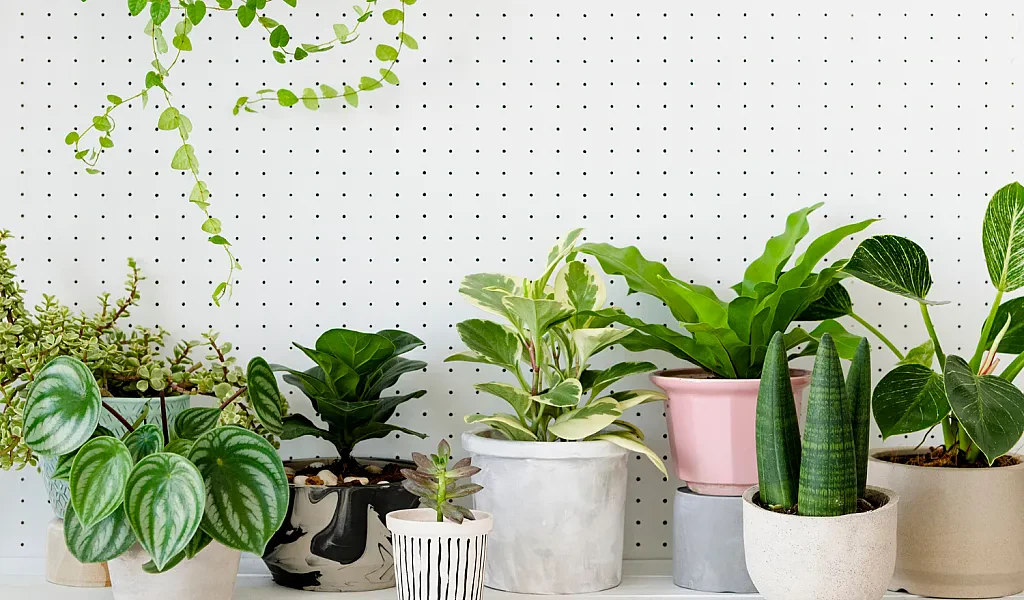
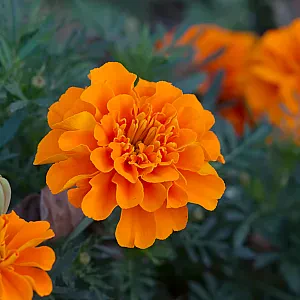
-thumb.webp)
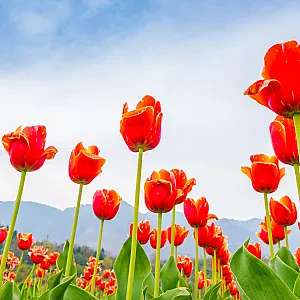
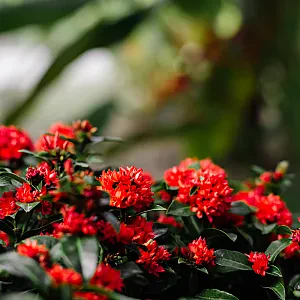

-thumb.webp)
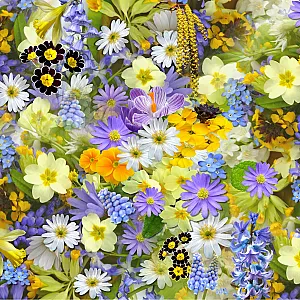
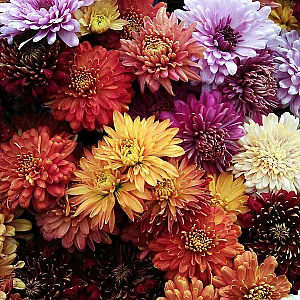
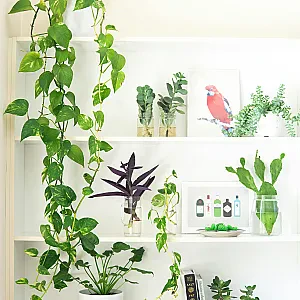

Comments